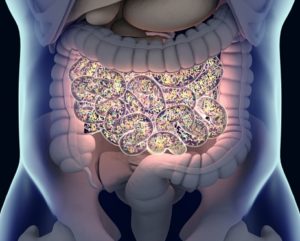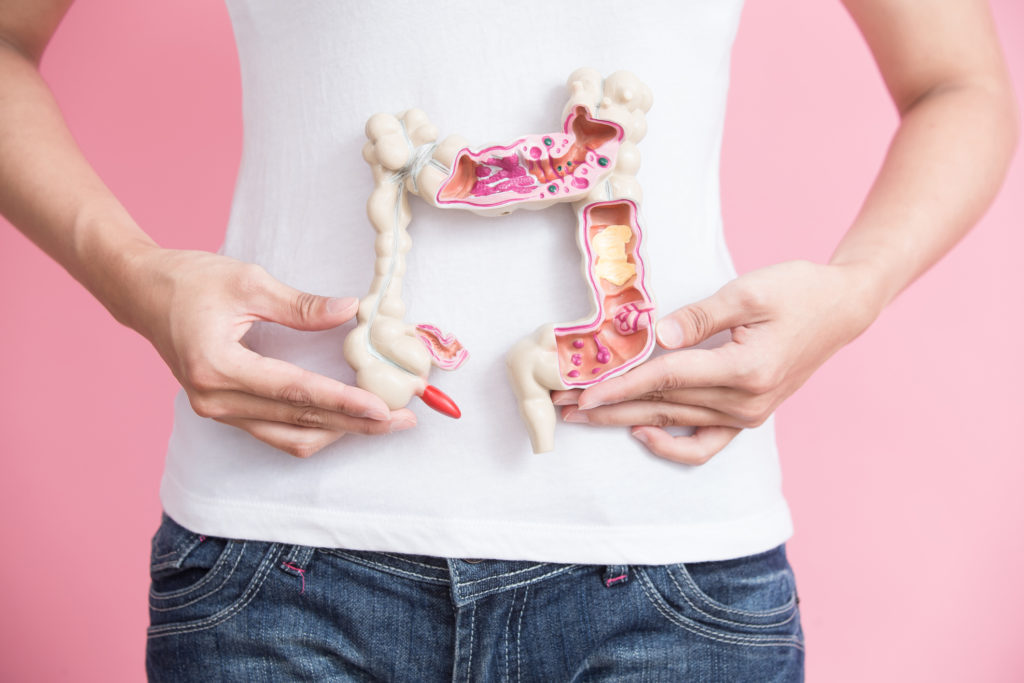Cross-sectional imaging, including CT, MRI, and intestinal ultrasound (IUS), is essential for diagnosing, monitoring, and managing inflammatory bowel disease (IBD), particularly small bowel Crohn’s disease (CD). These modalities assess disease location, extension, severity, and complications such as strictures and penetrating lesions. MRI and IUS offer a key advantage over CT by avoiding radiation exposure, making them preferable for long-term disease monitoring. Historically, techniques like small bowel follow-through (SBFT) and enteroclysis were used, but cross-sectional imaging has largely replaced these due to its ability to detect extraluminal manifestations.
Bowel strictures are a common complication in CD, affecting approximately 70% of patients within 10 years of diagnosis and increasing the need for hospitalizations, surgery, and healthcare costs. While anti-inflammatory treatments can improve inflammatory strictures, they do not always resolve fibrostenotic lesions. MRI and IUS are gaining popularity as point-of-care tools, with IUS offering immediate results for clinical decision-making. Ultimately, the choice of imaging modality depends on local expertise, availability, and disease-specific needs, making cross-sectional imaging a critical complement to ileocolonoscopy.
Reference: Kumar R, Melmed GY, Gu P. Imaging in Inflammatory Bowel Disease. Rheum Dis Clin North Am. 2024 Nov;50(4):721-733. doi: 10.1016/j.rdc.2024.07.009. Epub 2024 Aug 26. PMID: 39415376.









